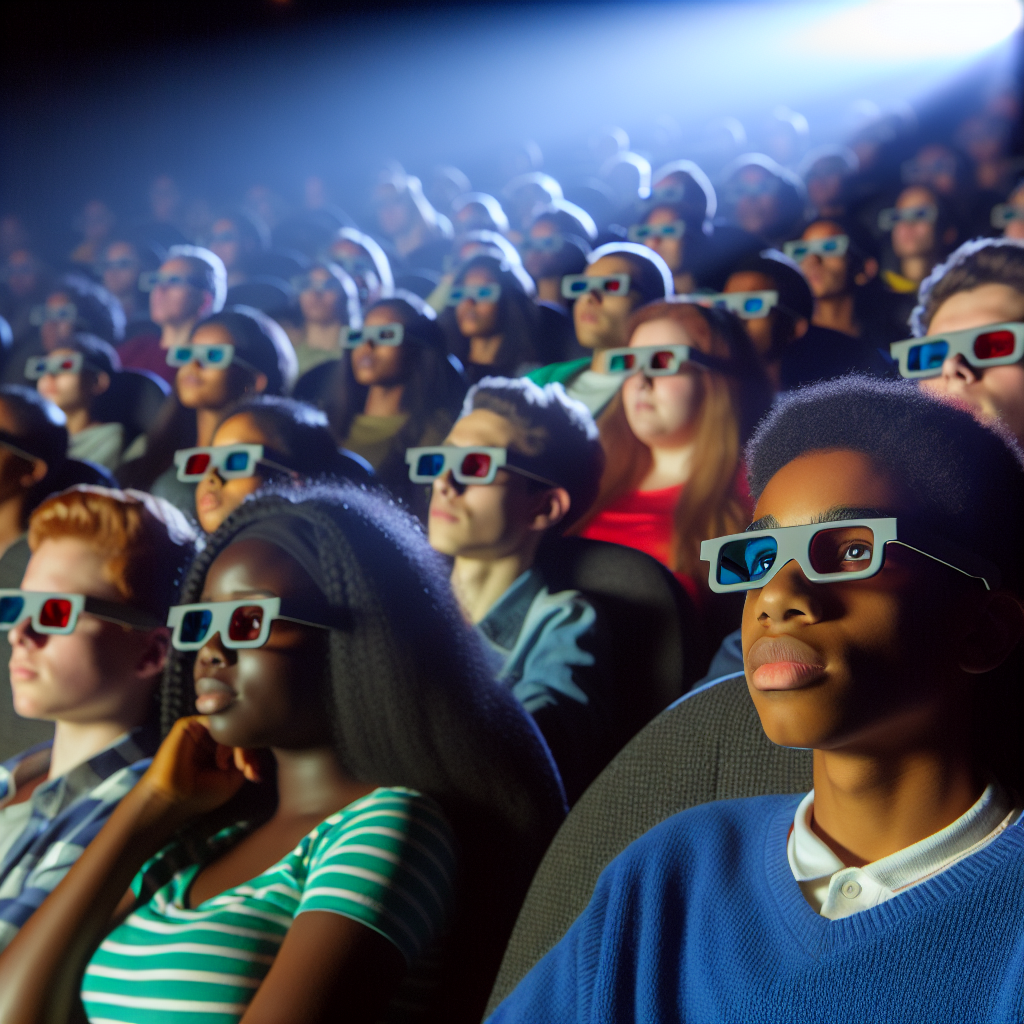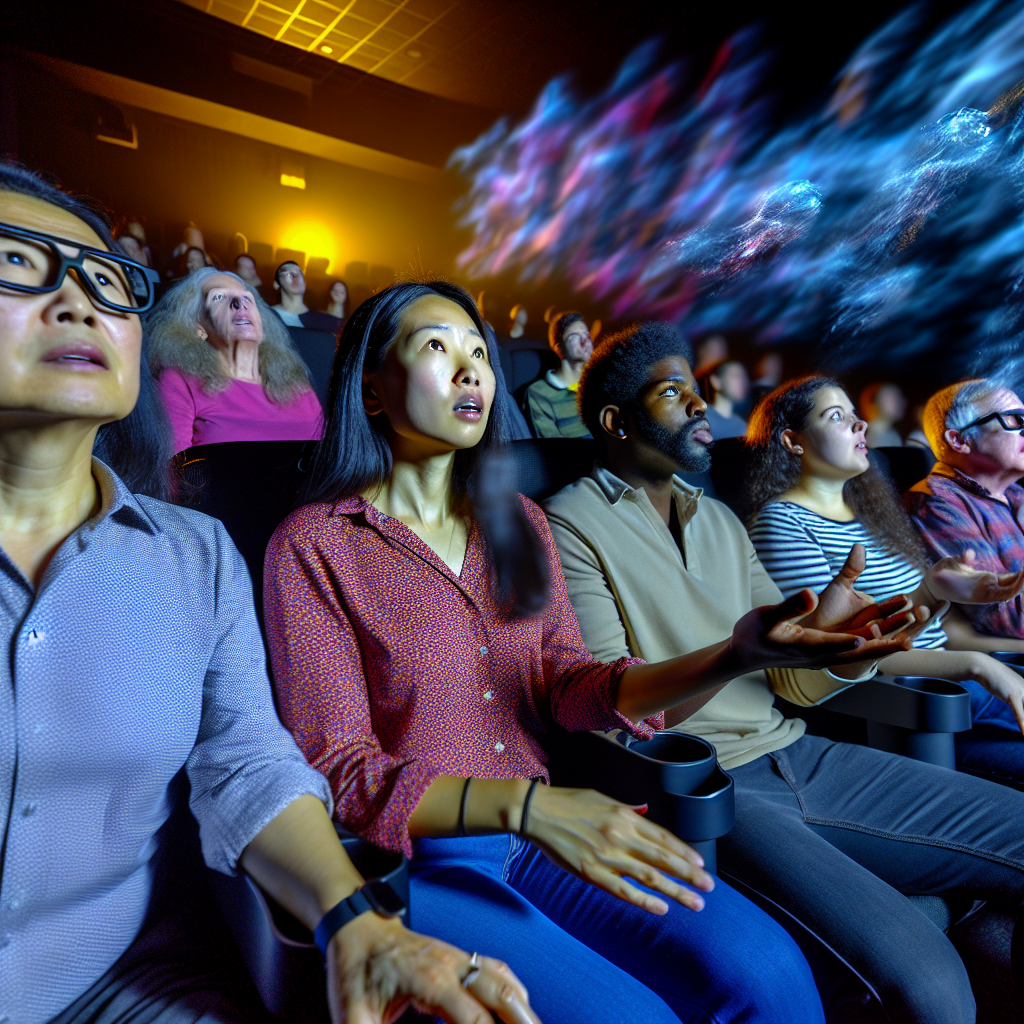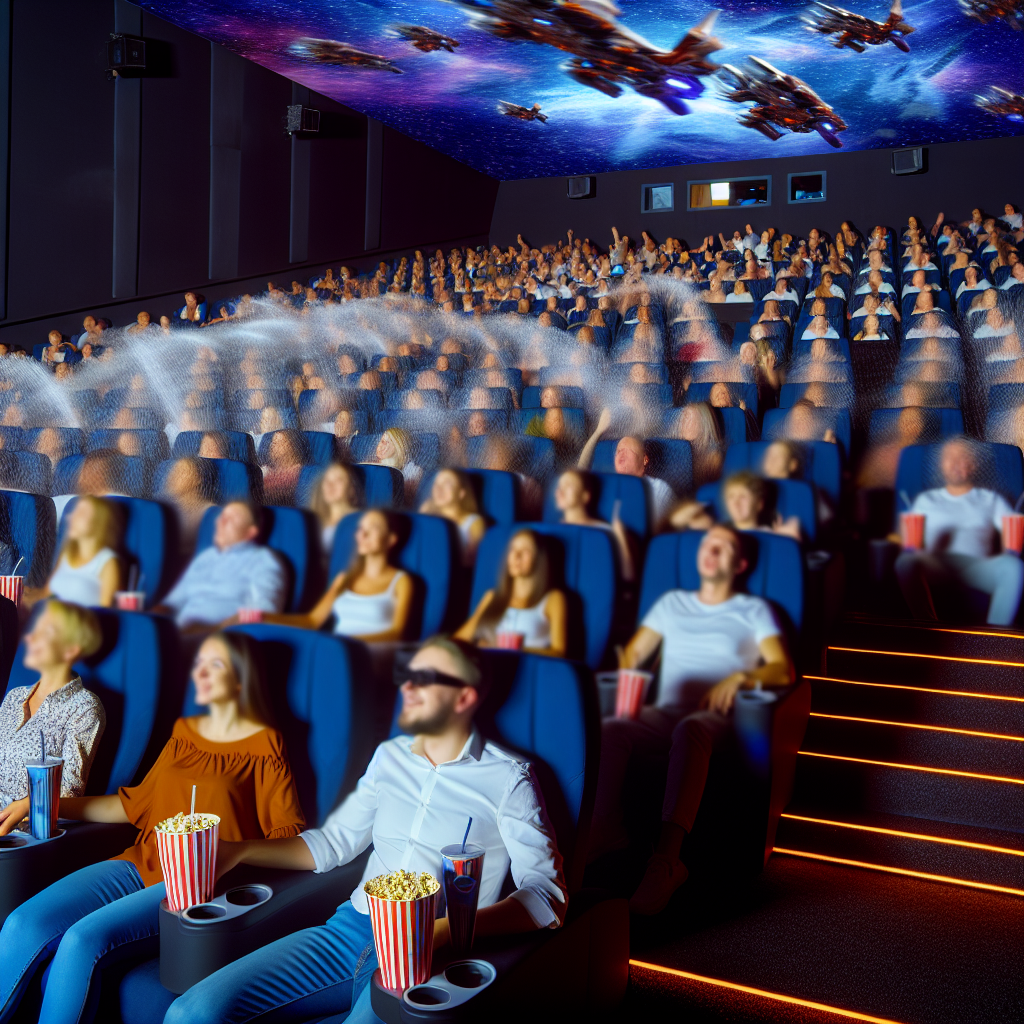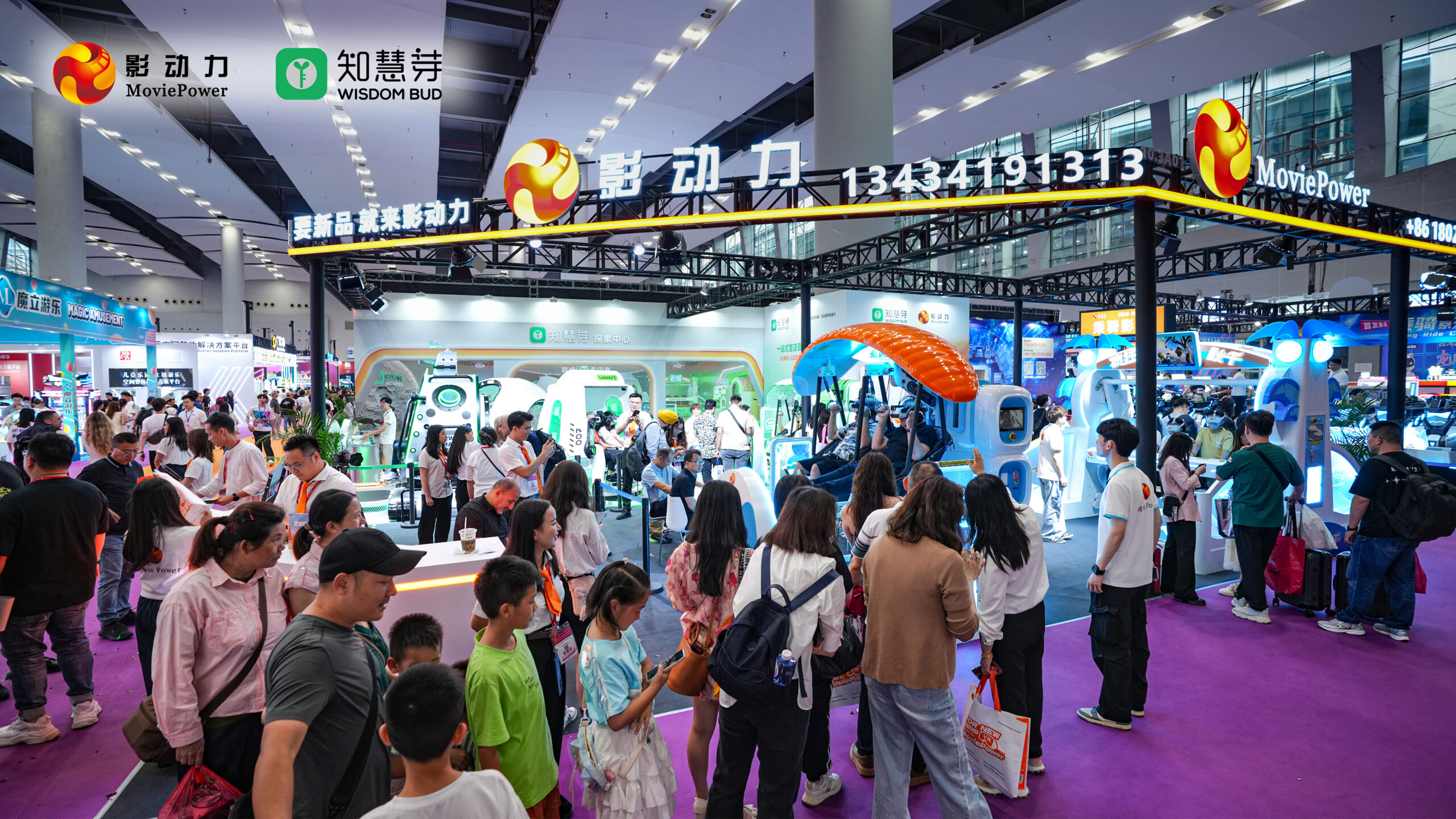Hello, my friends! Welcome all of the techies back to our mesmerizing world. This time, we will explore cinematic dimensions, where the evolution from traditional 2D to the cutting-edge realms of 3D and 4D has reshaped the way we experience movies.
In this exploration, we will dive into the differences between 3D and 4D movies, unraveling the technology that propels them into the future of storytelling.
Join us in uncovering the magic that lies within the realms of 3D and 4D movies, where every frame tells a story and every sensation adds a new layer to the cinematic tapestry.
Explore The Difference: 3D, 4D vs. MX4D Movie
All of these three technologies have been applied in the film industry. But do you know what are their differences? Go on and learn more about 3D vs. 4D movie.
| Features | 3D Movie | 4D Movie | MX4D Movie |
| Technological Level | Stereoscopic technology | Motion seat technology | Motion EFX technology |
| Visual Depth | Special glasses for an illusion of depth through stereoscopy | Motion seats and environmental effects for enhanced visuality | Motion EFX for advanced synchronization |
| Sensory Elements | Primarily focuses on visual effects. | Incorporates motion seats, environmental effects (wind, water), and sometimes scents. | Seamless integration of motion seats, bursts of wind, water sprays, and scents for a cohesive sensory experience. |
| Physical Interaction | Limited to visual perception; no physical engagement. | Incorporates motion seats that move in sync with on-screen events, providing tactile engagement. | Takes physical interaction beyond seats, transforming the entire theater into an interactive space. |
| Theater-wide Effects | Typically limited to the visual impact on the screen. | Expands effects to include motion seats and environmental elements within the theater. | Transforms the entire theater into an interactive space, creating a participatory experience. |
What Is 3D Technology?
3D technology stands as a testament to the art of visual storytelling.
At its core, 3D, or three-dimensional, technology is a sophisticated approach that enhances the traditional two-dimensional cinematic experience. Unlike conventional films, where images remain flat on the screen, 3D technology introduces an extra dimension by creating an illusion of depth.
This groundbreaking technology relies on the principle of stereoscopy, a technique that mimics the way human vision perceives depth. By capturing and presenting two slightly offset images – one for the left eye and another for the right – 3D movies create a sense of spatial depth.
Viewers wear specially designed glasses that facilitate the separation of these images, allowing each eye to receive a distinct perspective. The brain then combines these perspectives, resulting in the perception of a three-dimensional world unfolding on the screen.
What Are 3D Movies?
3D movies, born from the marriage of cutting-edge technology and creative storytelling, offer viewers a heightened visual experience. These films go beyond the constraints of traditional flat screens, inviting audiences to immerse themselves in a world that extends beyond the boundaries of the frame.
In a 3D movie, the carefully crafted visuals pop off the screen, creating a sense of depth and dimension. From action-packed scenes to breathtaking landscapes, the added visual depth enhances the overall impact of the narrative. Viewers find themselves captivated by the illusion of objects coming to life, making every frame an immersive journey into the heart of the story.
Whether it’s the thrill of an adventure, the enchantment of a fantasy realm, or the realism of a documentary, 3D movies transport audiences into a visual panorama that transcends the ordinary. As technology continues to advance, the realm of 3D cinema remains an ever-expanding canvas for filmmakers to weave tales that captivate both the eyes and the imagination.

What Is 4D Technology?
Unlike its predecessors, 4D transcends the constraints of the screen, immersing audiences in a multisensory extravaganza that goes beyond the visual realm.
At its core, 4D technology introduces an additional dimension to the movie-watching experience – the dimension of touch and sensation.
While 3D primarily focuses on visual depth, 4D takes it a step further by incorporating sensory elements that engage the audience physically. This involves the integration of motion seats, environmental effects, and even scents, creating a holistic and dynamic encounter.
What Are 4D Movies?
4D movies, with their sensory enhancements, offer a dynamic and interactive form of entertainment.
As the on-screen action in motion cinema unfolds, the seats move in sync with the events, providing viewers with a tactile connection to the narrative.
Imagine feeling the bumps of a high-speed chase or the gentle sway of a serene boat ride – encapsulating the essence of 4D movie meaning, where technology integrates motion seats for a heightened sensory experience.
Environmental effects further enhance the 4D experience. From bursts of wind to simulated rain or the aroma of a scenic location, these effects contribute to a heightened level of realism.

What Is MX4D Technology?
When it comes to cinematic innovation, MX4D stands as a groundbreaking evolution beyond the traditional 4D cinema experience. While 4D has set a precedent by introducing motion seats and environmental effects, MX4D takes this concept to an entirely new level of sophistication and interactivity.
MX4D Technology Distinctions:
- Advanced Synchronization: MX4D incorporates Motion EFX, an advanced technology that seamlessly synchronizes motion seats with broader environmental effects.
- Comprehensive Immersion: MX4D goes beyond individualized sensory effects, integrating motion seats, bursts of wind, water sprays, and scents into a cohesive and synchronized experience.
- Theater-wide Interaction: MX4D transforms the entire theater environment into an interactive space. It’s not just about the motion seats; the entire theater responds dynamically to on-screen events, creating a more engaging and participatory experience.
What Are MX4D Movies?
The MX4D meaning has decided that MX4D film redefines the cinematic landscape by offering an interactive, dynamic, and multisensory experience.
MX4D, or Motion EFX, turns the entire theater into an interactive space. Your seat becomes a participant in the unfolding narrative, moving, jolting, and even emitting scents in harmony with on-screen events.
They offer a heightened realism. From the smallest nuances to grand cinematic moments, the technology creates an environment where the line between fiction and reality blurs, providing an unparalleled and unforgettable cinematic journey.

Is 4D Better Than 3D?
The comparison between 4D and 3D is not about declaring one superior to the other but understanding the unique experiences each offers.
While 3D captivates with visual depth, 4D adds a layer of sensory engagement. Of course, they also have respective pros and cons, such as:
| Types | Pros | Cons |
| 3D | Visually stunning depth in a multidimensional spectacle. | Requires special glasses, and some may experience discomfort. |
| 4D | Elevates the experience with sensory elements, from motion seats to scent-enhanced storytelling. | Limited accessibility, confined to specialized theaters, and not universally embraced. |
| MX4D | Synchronizing seat movements with on-screen action. | Age and height restrictions may limit the audience reach. |
The choice between the two depends on personal preferences – whether you seek the visual spectacle of 3D or the multisensory adventure of 4D.
Conclusion
As we conclude this cinematic journey through dimensions, from the mesmerizing allure of 3D to the sensory immersion of 4D and the groundbreaking MX4D technology, it’s clear that each dimension brings its magic to the silver screen.
The future of cinema is an amalgamation of visual brilliance and sensory storytelling, promising audiences an ever-evolving escape into the fantastical realms of storytelling.


英文.jpg)

